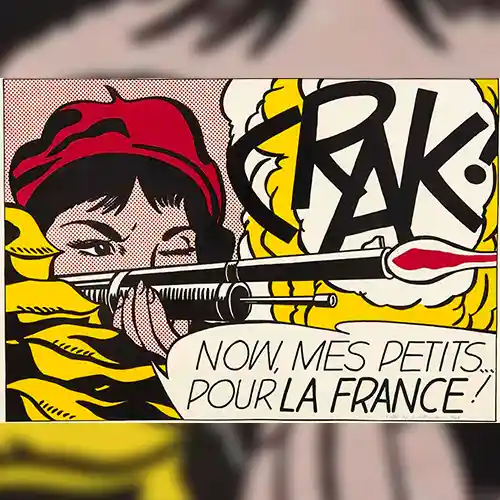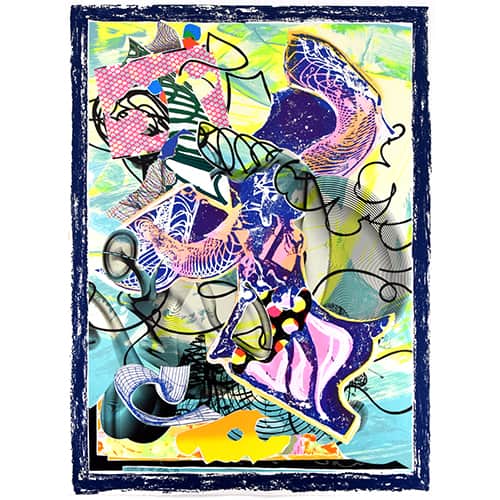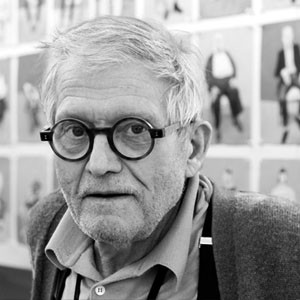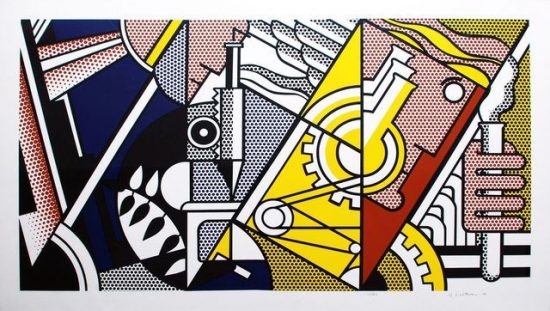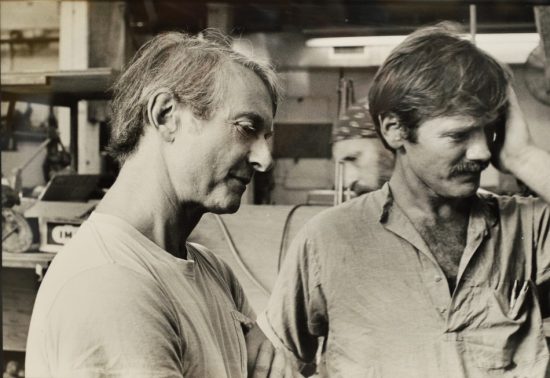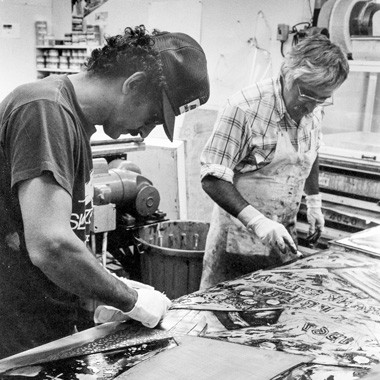
Tyler Graphics is a printmaking studio and workshop that was founded by Kenneth Tyler in 1974. Located in Mount Kisco, New York, Tyler Graphics has become one of the most renowned printmaking workshops in the world, known for its collaborations with some of the most important artists of the 20th century.
Kenneth Tyler was a master printer and printmaker who had previously worked with several prominent artists, including Robert Rauschenberg and Jasper Johns. In the early 1970s, he began planning a printmaking workshop that would provide artists with the resources and expertise necessary to create high-quality prints that could rival the best paintings and sculptures.
Tyler Graphics was founded with the goal of providing artists with a collaborative and experimental environment in which they could explore new techniques and push the boundaries of printmaking. The studio was equipped with the latest printing technology and materials, and Tyler assembled a team of skilled printers and technicians who worked closely with the artists to help them realize their vision.
Over the years, Tyler Graphics has collaborated with a wide range of artists, including David Hockney, Helen Frankenthaler, Ellsworth Kelly, and Frank Stella. However, the workshop is perhaps best known for its collaborations with Pop artist Roy Lichtenstein.
Lichtenstein first began working with Tyler Graphics in the late 1970s, and over the course of several years he created a series of prints that showcased his signature style of bold colors and graphic imagery. The prints produced by Tyler Graphics and Lichtenstein are considered some of the artist's most iconic works, and include pieces such as "Reflections on Girl" and "Sailboats III."
Tyler Graphics became known for its innovative techniques, including the use of new materials and technologies to create prints that were larger and more complex than anything that had been produced before. For example, the workshop developed a technique called "diagonal color separation," which allowed for greater control over the layering of colors in a print. Tyler Graphics also pioneered the use of photogravure, a photographic printing process that allowed for greater detail and tonal range.
Tyler Graphics played a crucial role in the revival of printmaking as an art form in the 1970s and 1980s, and helped to establish printmaking as a legitimate and valuable artistic medium. The workshop's collaborations with some of the most important artists of the 20th century helped to elevate printmaking to the same level of prestige as painting and sculpture, and demonstrated the potential of printmaking as a means of artistic expression.
Today, Tyler Graphics continues to operate as a printmaking studio and workshop, and has expanded its offerings to include digital printing, bookbinding, and other print-related services. The studio remains committed to fostering collaboration and experimentation, and continues to work with artists to create new and innovative works of art that push the boundaries of printmaking.

